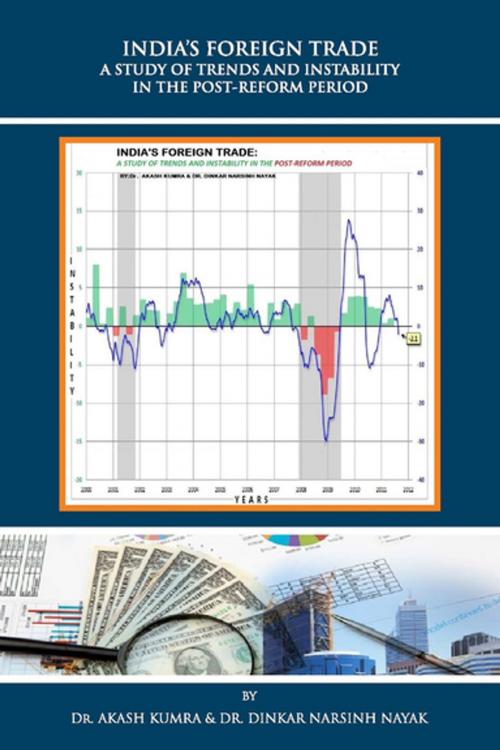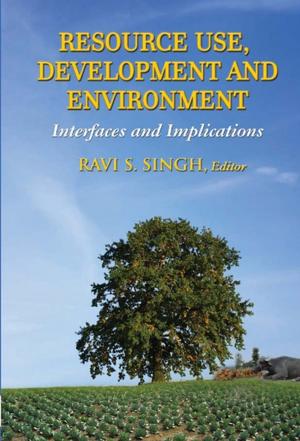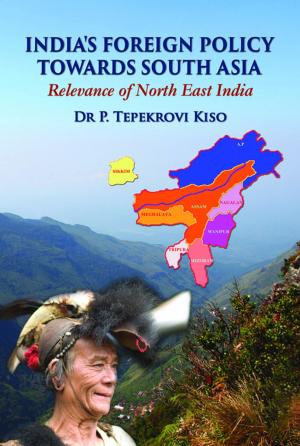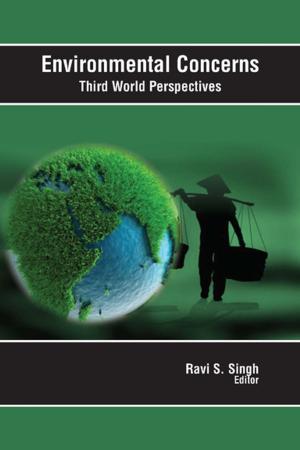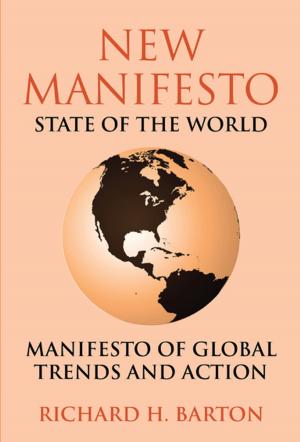India's Foreign Trade a Study of Trends and Instability in the Post-Reform Period
Nonfiction, Social & Cultural Studies, Political Science, International, Treaties, Reference & Language, Law, Commercial| Author: | Dr. Akash Kumra, Dr. Dinkar Narsinh Nayak | ISBN: | 9789383793457 |
| Publisher: | YS Books International | Publication: | June 30, 2014 |
| Imprint: | YS Books International | Language: | English |
| Author: | Dr. Akash Kumra, Dr. Dinkar Narsinh Nayak |
| ISBN: | 9789383793457 |
| Publisher: | YS Books International |
| Publication: | June 30, 2014 |
| Imprint: | YS Books International |
| Language: | English |
In the decades prior to 1991, India followed a highly statist and interventionist development policies leading to a period of a severely distorted production structure. This culminated in too deep economic crises at the outset of the ninety nineties. Faced with a severe balance of payments crisis, India entered into an IMF influenced structural adjustment program. In addition to the conventional expenditure switching and reducing policies, as part of the IMF agreement, a range of far-reaching economic policy reforms was launched in July 1991 in the external, industrial, financial and public sectors. Although the reforms mainly dealt with industry and trade policies, these policies do have its impact on the external sector. It is in the context of this that the present study examines the effect of the reforms on the external sector variables like exports, imports, terms of trade etc. The book is divided in to eight chapters begin with introduction, survey of theories of international trade and the impact of reforms on selected macroeconomic and external sector variables. In the subsequent chapters country group wise and commodity group wise, export growth and instability has been examined. Thereafter, the pattern and behaviour of Indian import were studied with respect to pre and post reform period. The trend as well as instability in the terms of trade faced by developing country like India in the liberalised regime was also examined. Lastly, the study has come out with a conclusion that the liberalisation has allowed the Indian economy to attain a higher degree of integration with the world but at the same time the economy has also became more vulnerable to external factors.
In the decades prior to 1991, India followed a highly statist and interventionist development policies leading to a period of a severely distorted production structure. This culminated in too deep economic crises at the outset of the ninety nineties. Faced with a severe balance of payments crisis, India entered into an IMF influenced structural adjustment program. In addition to the conventional expenditure switching and reducing policies, as part of the IMF agreement, a range of far-reaching economic policy reforms was launched in July 1991 in the external, industrial, financial and public sectors. Although the reforms mainly dealt with industry and trade policies, these policies do have its impact on the external sector. It is in the context of this that the present study examines the effect of the reforms on the external sector variables like exports, imports, terms of trade etc. The book is divided in to eight chapters begin with introduction, survey of theories of international trade and the impact of reforms on selected macroeconomic and external sector variables. In the subsequent chapters country group wise and commodity group wise, export growth and instability has been examined. Thereafter, the pattern and behaviour of Indian import were studied with respect to pre and post reform period. The trend as well as instability in the terms of trade faced by developing country like India in the liberalised regime was also examined. Lastly, the study has come out with a conclusion that the liberalisation has allowed the Indian economy to attain a higher degree of integration with the world but at the same time the economy has also became more vulnerable to external factors.
